Peter Homa looks at how healthcare has evolved in the thirty-five years since the Silver Jubilee, and what can be done now to protect patient care from future difficulties.
It’s a landmark year for the Queen’s Medical Centre in Nottingham. The hospital – now part of Nottingham University Hospitals Trust – was opened by the Queen during her Silver Jubilee celebrations in 1977. Now, 35 years later, in the midst of the Diamond Jubilee, I take a few moments to look back at where we started.
Our archives are full of pictures which look almost quaint by today’s standards: staff with clipboards in A&E, hospital beds with the minimum of fuss and gadgetry and car parks that stand half empty.
Yet however dated these ageing images now appear, in their day they represented the very latest, modern advances in how healthcare was delivered. And in that respect, nothing has changed.
Even as the building work was completed in the late seventies, there was never any time to stand back and appreciate what was being created – only a look ahead to what work was still to do; and what could be done better.
I believe this is essential. Why would we aim for anything less? Thirty five years on we have replaced the clipboards with portable tablets, which allow our nursing teams to relay up-to-the-minute data back to our central co-ordination teams out-of-hours. This is our award-winning Hospital@Night programme.
We have gained international recognition for utilising the latest hand-held mobile technology, by working with Cisco and Nervecentre to create an intelligent IT system to co-ordinate hospital care at night, weekends and bank holidays (this accounts for approximately 75 per cent of hospital time).
New technology allows out-of-hours co-ordinators to support our ward nurses by providing clinical advice and making it easier and quicker to contact frontline doctors and clinical support workers.
While there are fewer elective operations during these hours, other patients typically need the same level of care as during core hours, and emergency admissions still need to be managed.
H@N as a model of care was introduced at NUH in 2006. Although initially successful, staff began to have concerns about the outdated pager and landline phone method of communication used by the team – with information and messages often kept on small pieces of paper. The experienced nurses who acted as co-ordinators often spent much of their time answering telephone calls.
The new portable tablets have given the H@N co-ordinators the freedom to get back on the wards to provide clinical support where it is needed most and remain in full contact with all members of the H@N team.
It has been a collaborative effort – and one that is reaping benefits for our patients. Collaborative processes, supported by networked communications, can deliver significant improvements in performance in the areas of quality and productivity.
This ethos underpins all new technology in our Trust. We have to understand how we can use it to help us deliver better patient care, no matter how big or small the improvement.
Another example is our Horizon bed management system, which now gives every ward access to a giant, touch-screen TV which shows every bed on the ward, with reminders on checks for pressure ulcers, falls risks and other essential elements of care and patient safety. This is an invaluable tool to support board rounds and daily ward management. This in turn creates a trust-wide view of patient flow and bed capacity – all the time, whenever required – and improves our ability to quickly respond to mounting pressures in A&E and other admission areas.
Our ward staff will also soon benefit from a new method of electronic training which will enable staff to spend more time on direct patient care.
We are currently testing a new training model across our hospitals which will allow staff to complete more of their mandatory training online at a time to suit them, rather than pulling staff together for sessions in a central location. We’ve tailored the training to suit each role in our trust. By completing essential e-learning modules at a time that suits staff, they will be free to spend more time in their everyday roles – mostly with our patients.
Our ultimate aim is to improve patient care, patient safety and patient experience. How do we measure this? Of course, with our portable handheld devices for patients to give us real-time feedback on how we are doing.
It’s a far cry from the late-1970s, but I hope it continues to future-proof our hospitals and the care we give to our patients.





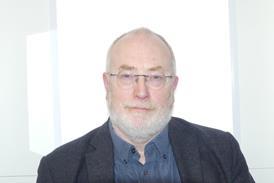

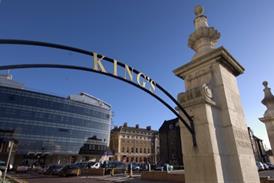
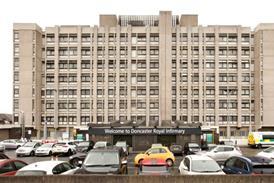
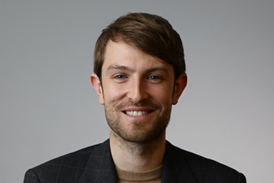
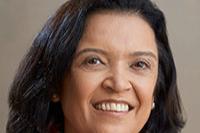
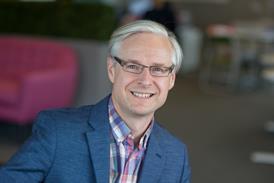















1 Readers' comment